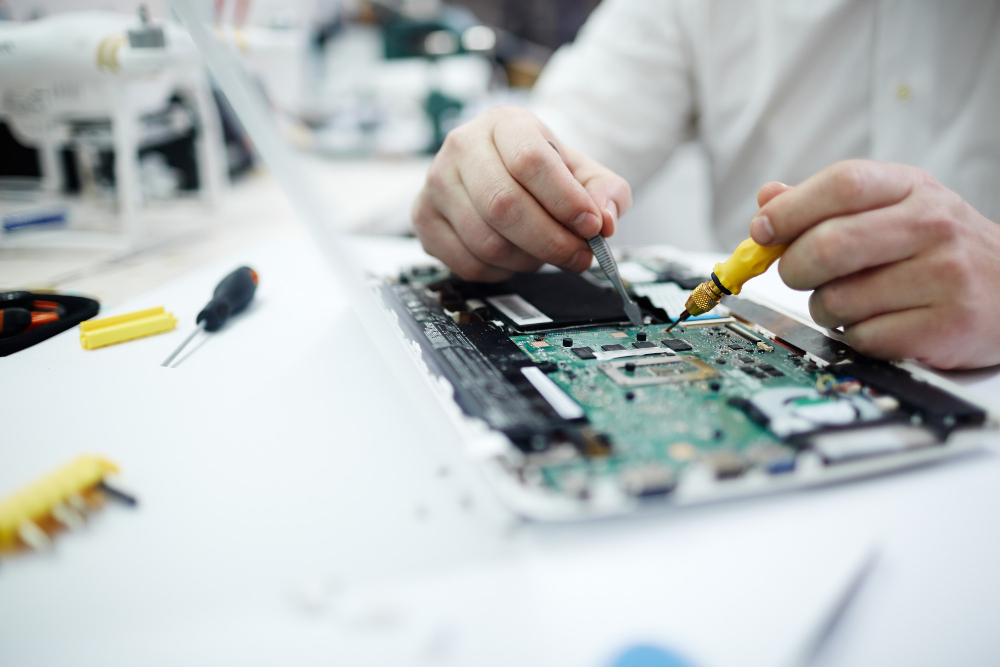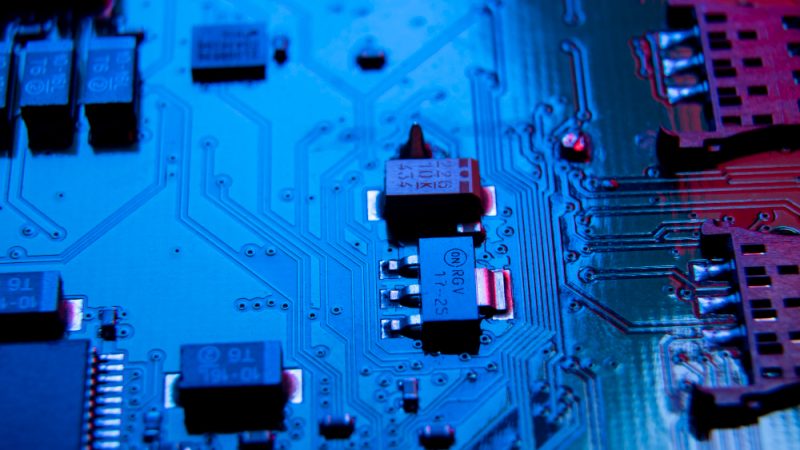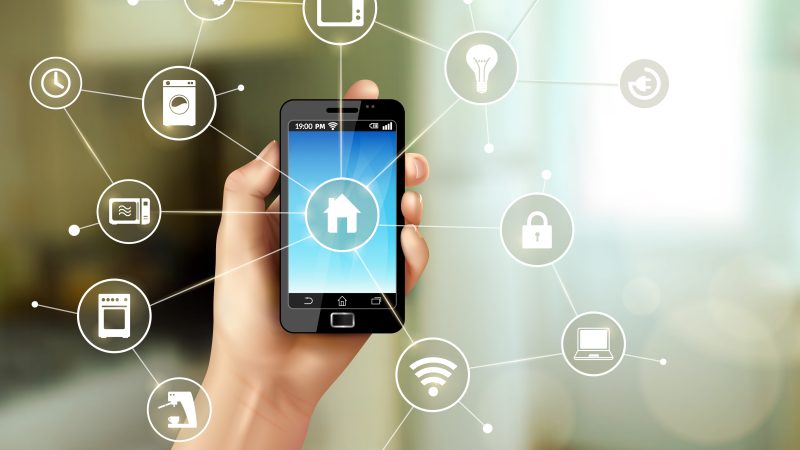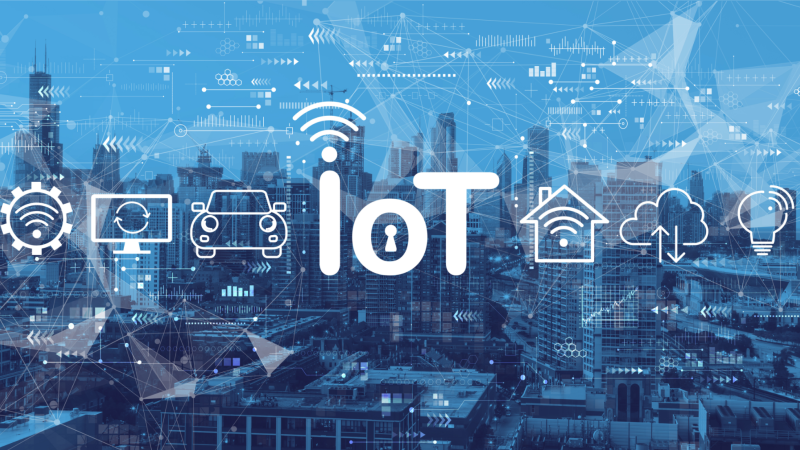PCB Design for IoT and Wearable Devices

The Internet of Things (IoT) and wearable technology have revolutionized how we interact with and gather data from the world around us. These two technological trends have become integral to our daily lives, offering enhanced convenience, connectivity, and insights. Printed Circuit Board (PCB) design is at the heart of these innovations. PCBs are the unsung heroes of IoT and wearable devices, as they play a pivotal role in ensuring functionality, size, and power efficiency.
IoT and Wearable Devices: A Brief Overview
IoT devices are characterized by their ability to connect to the internet and exchange data with other devices or systems—these range from smart thermostats and connected appliances to complex industrial sensors and autonomous vehicles. On the other hand, wearable devices are designed to be worn on the body and often serve health and fitness-related purposes, such as fitness trackers and smartwatches. IoT and wearables rely on PCBs to provide the essential framework for functionality. A skilled circuit board designer is the architect of cutting-edge electronics, meticulously crafting the intricate pathways that drive our interconnected world with wearable devices.
Key Considerations in PCB Design for IoT and Wearable Devices
- Size and Form Factor: IoT devices are intended to be small, inconspicuous, and integrated seamlessly into the environment. Wearable devices must be compact and comfortable to wear. PCBs in these applications need to be designed with a focus on miniaturization. This often involves multilayer PCBs, compact components, and intricate routing to maximize space utilization.
- Power Efficiency: One of the critical challenges in IoT and wearable devices is power consumption. To extend battery life or minimize the need for frequent charging, PCB designers need to optimize power management. This includes designing efficient voltage regulators, selecting low-power components, and using power gating techniques to disable unused circuits selectively.
- Wireless Connectivity: IoT devices rely heavily on wireless communication protocols like Wi-Fi, Bluetooth, Zigbee, and cellular networks. PCB design must consider the antennas, signal integrity, and interference considerations to ensure reliable wireless connections. Wearable devices often incorporate flexible PCBs or advanced materials to accommodate body-worn antennas.
- Sensor Integration: Sensors are the lifeblood of many IoT and wearable devices. These sensors measure everything from heart rate and temperature to environmental parameters. PCBs must provide these sensors with the necessary interfaces, signal conditioning, and processing capabilities. Careful placement and routing are essential to reduce noise and ensure accurate data collection.
- Durability and Reliability: Wearable devices, particularly, are subjected to various environmental factors such as sweat, moisture, and mechanical stress. PCBs must be designed to withstand these challenges, often through conformal coatings and robust encapsulation techniques. In IoT applications, environmental considerations may also be relevant, depending on the deployment location.
- Security: Security is paramount in IoT applications to protect data and prevent unauthorized access. PCBs play a role in secure boot processes, encryption, and tamper detection. Ensuring a safe PCB design is crucial for safeguarding sensitive information.
- Cost Considerations: In both IoT and wearables, cost is a significant factor. PCB designers must balance the features, performance, and cost of the components used. This involves careful component selection and design optimization.
PCB design for IoT and wearable devices is a complex and multidisciplinary task requiring expertise in electronics, materials science, mechanical engineering, and software development. It’s a field that continues to evolve as technology advances, demanding designers to keep up with the latest innovations.
PCB design is the backbone of IoT and wearable devices, enabling them to function efficiently and reliably. It involves a delicate balance between size, power efficiency, connectivity, and durability. As technology advances, PCB designers will play a pivotal role in shaping the future of these transformative technologies.


![Putlocker Proxy | Putlocker online Alternatives Sites [100% Working] Updated List](https://technonguide.com/wp-content/uploads/2020/07/putlocker-800x450.jpg)



